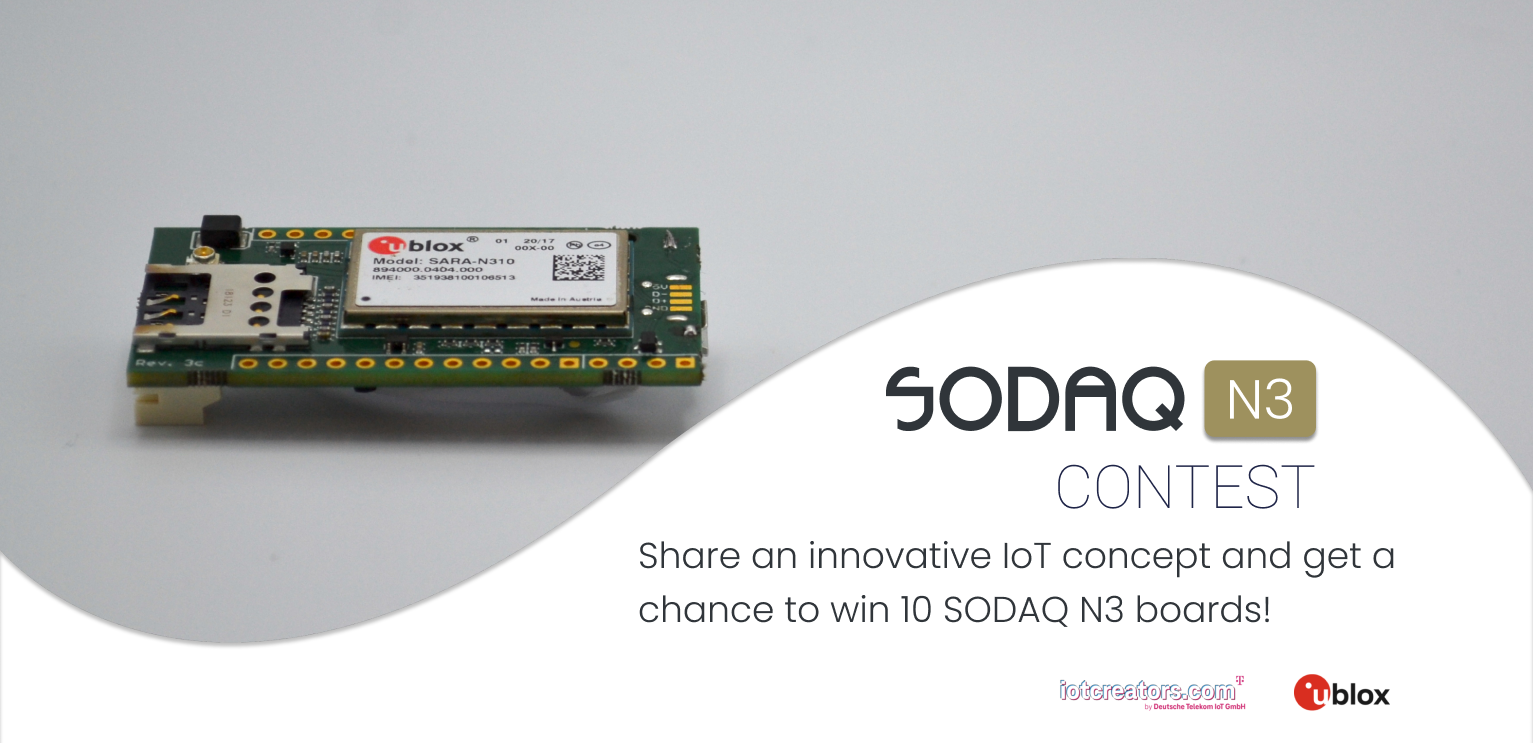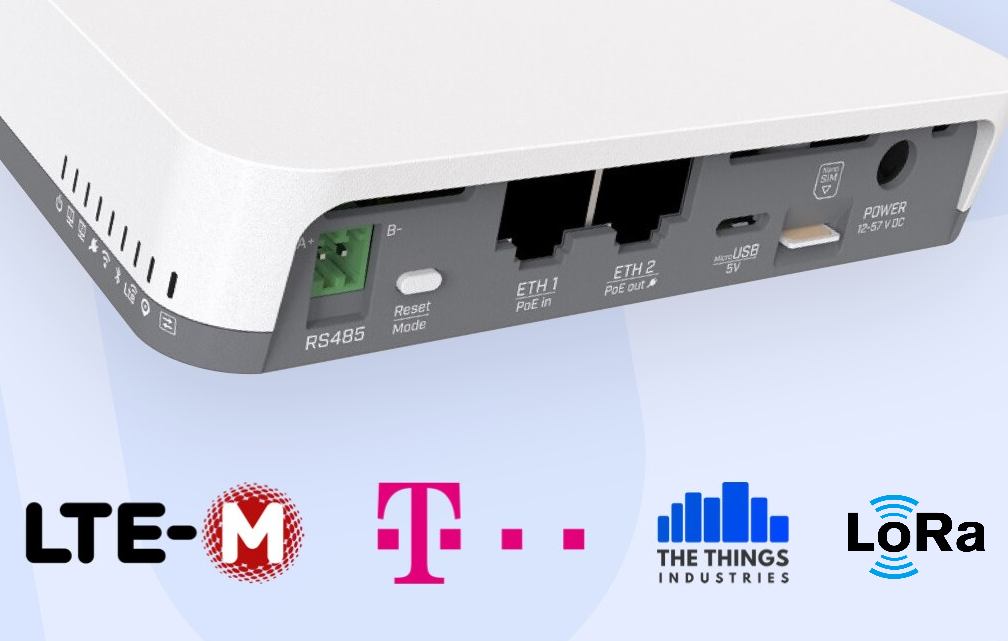Hey IoT Creators,
As you may noticed, DT has recently completed the roll out of the LTE-M network in Germany, while other countries of DT’s footprint continue their rollout activities at the moment. LTE-M is yet another 3GPP LPWA technology, therefore we’d like to provide you with a better understanding on this network, especially when compared to NB-IoT.
Below you will find a summary of key advantages and features:
- Like NB-IoT, LTE-M supports lower energy consumption:
• Optimized Chipset-Design focused on relevant radio technologies (e.g. no MIMO)
• Lower Power-Class of modules (20dBm)
• Reduced Signaling and more efficient data transmission
• Low-Power Features (PSM, LP-TAU, eDRX) - Deep indoor coverage is also applicable for LTE-M:
• High Transmission Power Density: radio transmission over a narrow-band carrier with a spectrum bandwidth of only 1,4 MHz
• Coverage Enhancement (CE) / Mode A and Mode B allow for message repetitions - LTE-M has impact on low cost of materials:
• Half-Duplex mode supported
• Unnecessary LTE-Features not supported (such as Carrier Aggregation, Dual Connectivity, Device-to-Device Services)
• Intra-RAT not required (seamless transition between radio technologies, e.g. GSM, 3G, LTE)
• Single antenna needed - Last but not least, hand-over between LTE-M cells is supported (intra-frequency and inter-frequency from 3GPP Rel. 14)
Application of each network technology is highly dependent on the use-cases and therefore should be carefully considered.
Have you been considering LTE-M based solutions for your projects? What of those features are important for your projects and in which of your use-cases LTE-M would be preferable comparing to NB-IoT? Shout out in the comments below and also sign-up if you want to get an early access to LTE-M in IoT Creators ‘Thing’



